Reviews

Olivier Debroise
Olivier Debroise’s work, even if not exhibited, illustrates the polyvalent quality of writing, of the executer and of the reader, and at the moment of showing himself to the public he links together and unleashes something which is not pointed out anywhere in museography or in history; something which has more to do with the act of cracking a nut open than with eating it in different recipes.

Nina Surel
With Understory, exhibition of collages of the Argentinean artist Nina Surel, Praxis Gallery of Miami has entered the fall offering an impressive display of works which impose themselves because of their great format and sensorial impact.
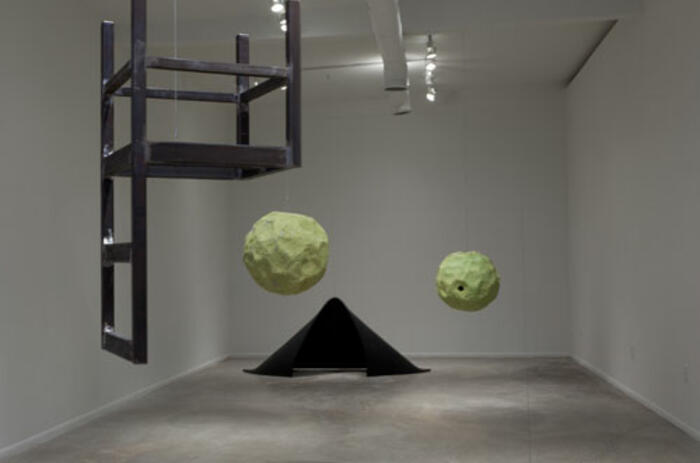
Jorge Pedro Núñez
In the visual tissue created in Concetto spaziale, Pedro Núñez’s solo show (Caracas, 1976), the artist reflects on the experience of art from the starting point of art itself.
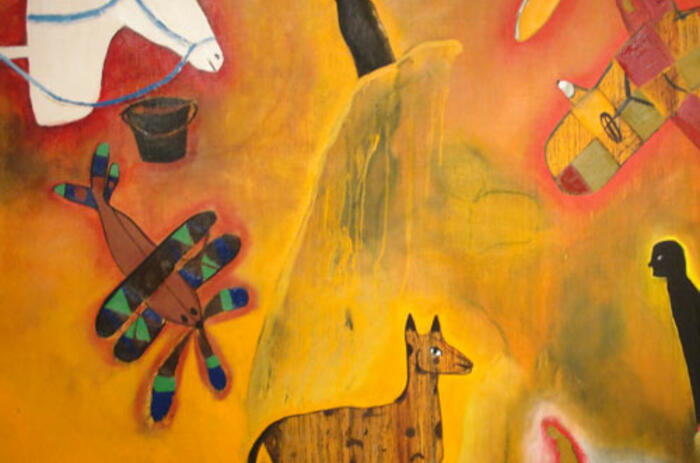
Patricia and Juan Ruiz-Healy: Collection of Contemporary Art of Oaxaca
Collecting art today implies a kind of dialogue between one’s own imaginary and that of the works that one chooses to be one’s own. That is to say, it implies building a bridge towards forms of collective iconography. This was very clear to Patricia and Juan Ruiz Healy from the first moment that a Rufino Tamayo fell into their hands.

Antonio Manuel
From September 15 through December 10, visitors will have the chance to view the first solo exhibition in the United States of the Brazilian artist Antonio Manuel (b.1947, Portugal). The show focuses on Antonio Manuel’s preeminent role in the development of the groundbreaking neo-avant-garde movement that emerged in Rio de Janeiro during the 1960s.
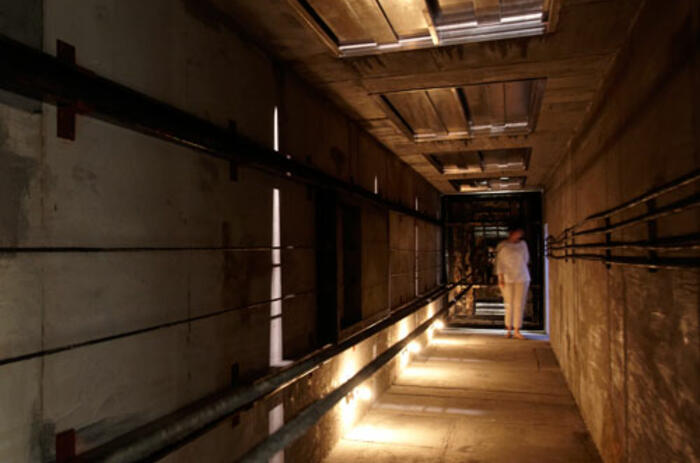
Leandro Erlich
The elevator is, in Leandro Erlich’s words, “a functional object, but in which life seems to be suspended between brackets. Recorded voices and music can step in to alleviate the inconveniences of the trip, but we cannot avoid each other in this space and consequently experience the Sartrean room of the ego. We are nobody, we are nowhere, we are not any person and we are not in any place”.

Diango Hernández
Exeunt. Of going out. Of leaving. Of running away. It is also the declaration of intentions of the Cuban Diango Hernández in his last show at Alexander and Bonin. Day´s End, the famous piece in which Gordon Matta-Clark cut out a cat’s eye shape in the façade of a New York building could be the escape way that Hernández is looking for.

Carlito Carvalhosa
The atrium of the Museum of Modern Art has been flooded by an ethereal sixty feet high (something over eighteen meters) cascade of a very sheer white fabric, with a slight undulation caused by the airflow and the interaction of the spectators, and more than developing in the space, it seems to try to contain it, fracture it, reinvent it, and at the same time accumulate in it, time.

Gabriel Orozco
Articulated in three parts, the exhibition presented two new working groups. The first, Corplegados, was a series of large format drawings. As in former works such as Havre-Caumartin (1999), Corplegados are the manifestation imprints of the body while interacting in specific situations.
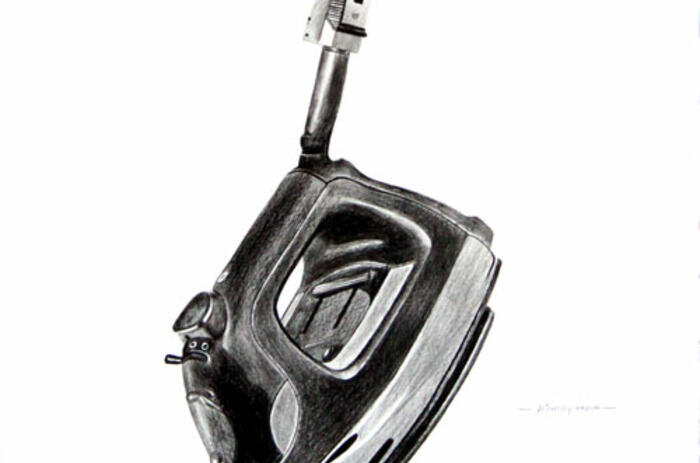
Alexandre Arrechea
El objeto sacrificado (The Sacrificed Object) is the title under which Alexandre Arrechea (Trinidad, Cuba, 1970) is presenting his first productions in graphite since the days when he had his formal training. After having experimented with various materials, he somehow readopts the one that is perhaps the most “academic”, to surprise the viewer with new concepts.
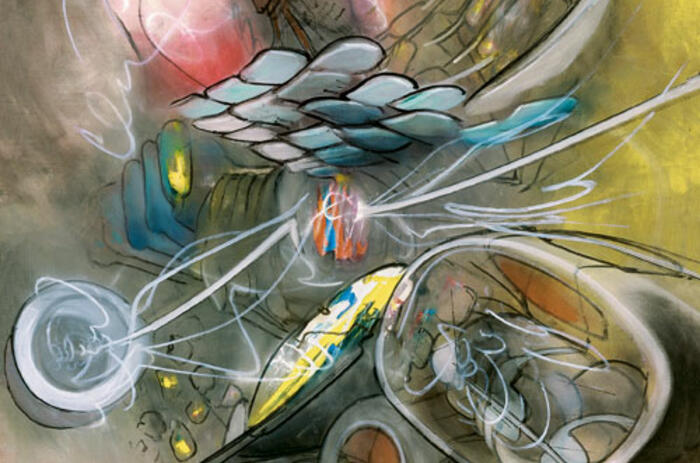
Matta
The search for limits in multiple dimensions and the investigation of space and its possibilities occupied during considerable time the thoughts of Matta (Santiago de Chile, 1911- Civitavecchia, Italy, 2002), interested in these concepts and in their application in the field of the visual arts since the days of his training as an architect.
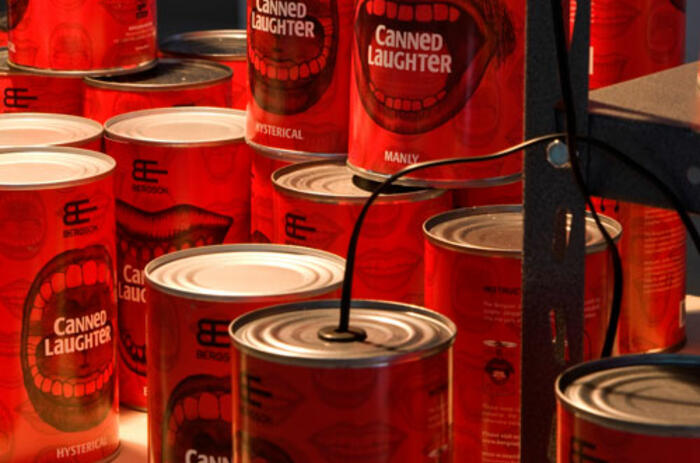
Proyecto Juárez
The sad reputation that has pursued Ciudad Juárez in recent times, marked by a social and economic reality which, even though peculiar to that city, can be witnessed in other large Mexican urban centers along the border with the United States, is present on a daily basis in the newspapers or in the news broadcasted all over the world.
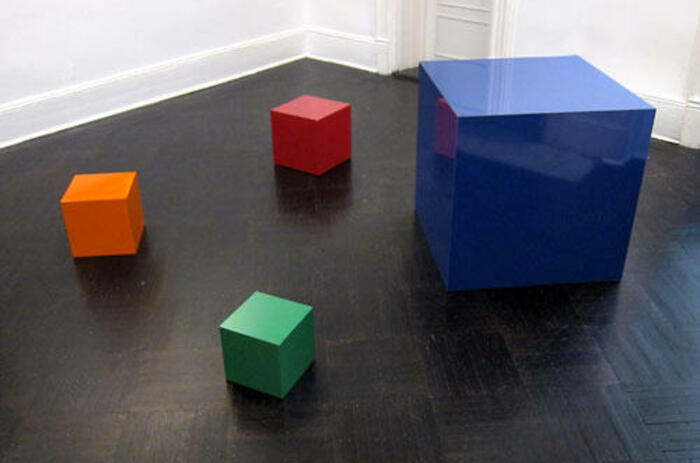
Emilio Chapela
The following conversation between Emilio Chapela and me centers around several paintings, photographs, and sculptures at the Henrique Faria Gallery and the Pace/MacGill Gallery in NewYork.
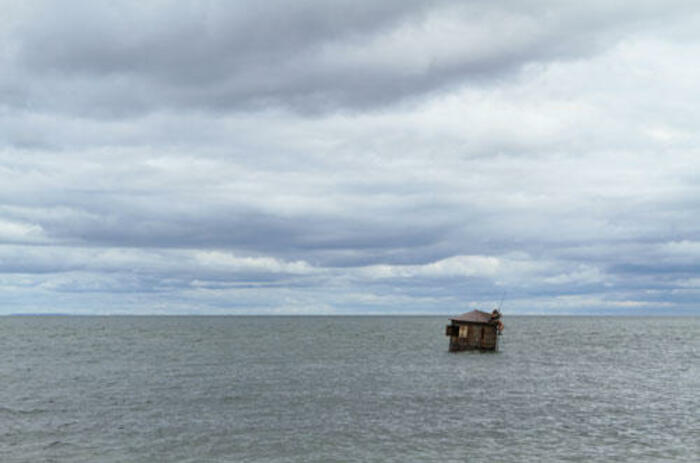
Miler Lagos
To “think” contemporary art demands considering the recapitulation of ideas and concepts. Post-modernity has placed in the spotlight the recycling of philosophies, stands and concerns that allow the contemporary artist to become immersed, in a more realistic and effective way, in the study of the issues that make up and define the social physiognomy of his immediate reality.
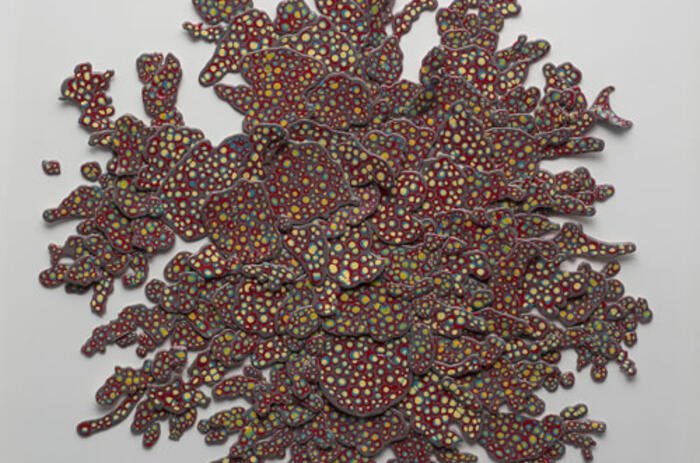
Leo Battistelli:
Life makes no sense. That is why art exists. We are doomed to insist, to wish to remain, to persist through time, but our fate is to leave. We know this since childhood: in the future there will be a day when we will no longer be here. Although it makes no sense, life is an explosion of intensity.

José Carlos Martinat
By destruction I understand all those processes that show what we call losses. Traumas which in most cases explain a complete deracination of memories, but which inevitably leave a series of flashes of reminiscences along the way; semi invisible landmarks that evidence the idealization of a traveled road.

Juan Melé
The consistency of the work produced by Juan Melé harmonizes with the exhibition space in the Galerie Argentine − Argentine Embassy. In a curatorial exercise detached from chronological organizations, the show develops organically amidst paintings, sculptures and engravings.
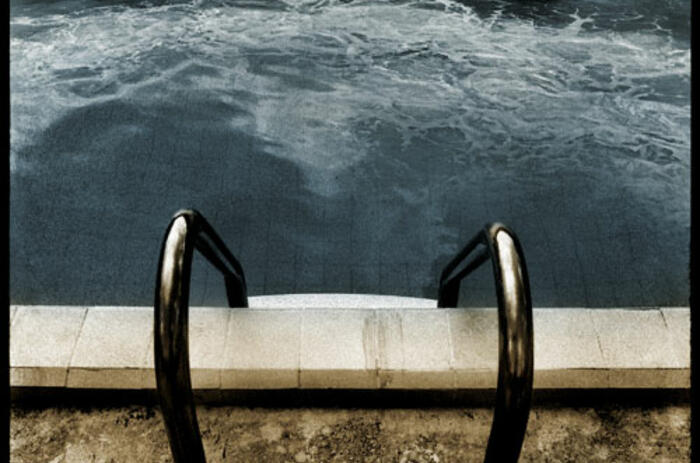
Rogelio López Marín (Gory)
The exhibition Rogelio López Marín (Gory): Selected Photographs 1984-1994, permits a recapitulation of a crucial moment in contemporary Cuban art through an impeccable selection of this author’s most emblematic series, included in the Liza and Arturo Mosquera Collection.
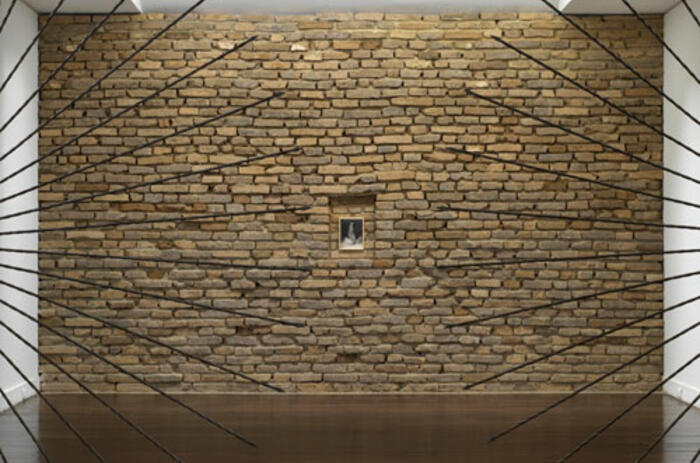
Luis Roldán
One of the most important images of the Colombian cultural imaginary is that of the Tequendama Falls; nineteenth-century renditions by Alexander von Humboldt or Manuel María Paz have accompanied traveler’s books and books about Colombian history to our days.
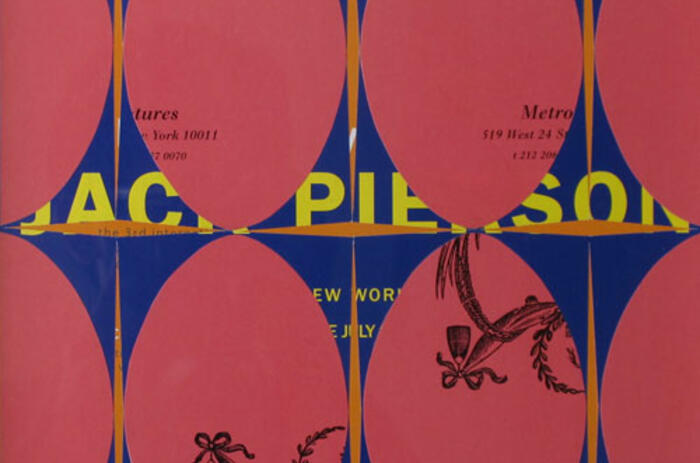
Post-Kinetic: Conceptualism and Geometry in Venezuela
In an interview with Jesús Soto conducted by art critic and curator Guy Brett in 1965, the artist commented on how difficult it was for the spectator to understand abstract art as something based on life itself.
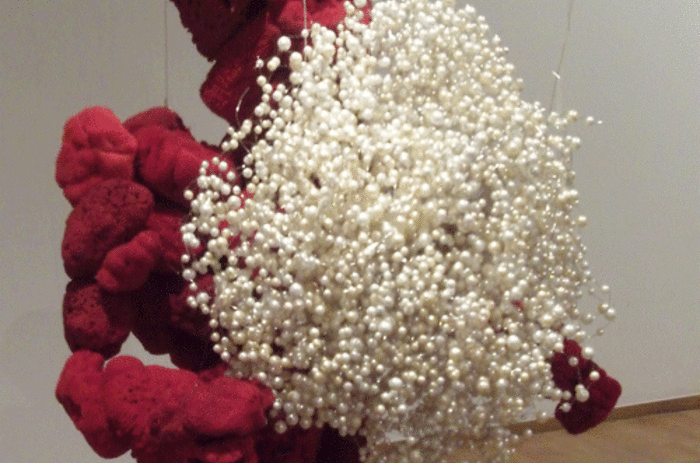
Tunga
Each time one has the chance to revisit Tunga’s (Palmares, Brazil, 1952) oeuvre, one may confirm both the passion he has for his work and the magic that the discovery of this passion produces.
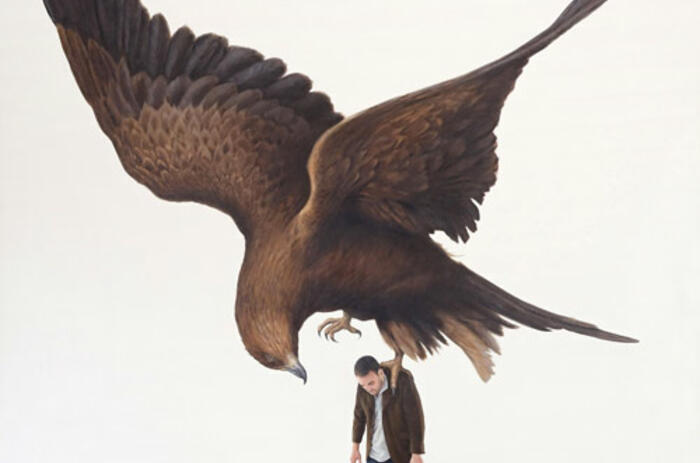
Hugo Lugo
Artist Hugo Lugo’s (Los Mochis, Sin, 1974) most recent exhibition in Mexico opened a few weeks ago at the MASIN (Sinaloa Art Museum), revisiting some of the pieces shown in “La superficie del precipicio” (The Surface of the Precipice) − his first museum solo show exhibited at the Nuevo León Center for the Arts, 2010.

Omar Carreño
The capacity for transformation that may be perceived in Omar Carreño’s works reveals, right from the start, the Utopian dream of any artist: that of being able to create a new order for the world.
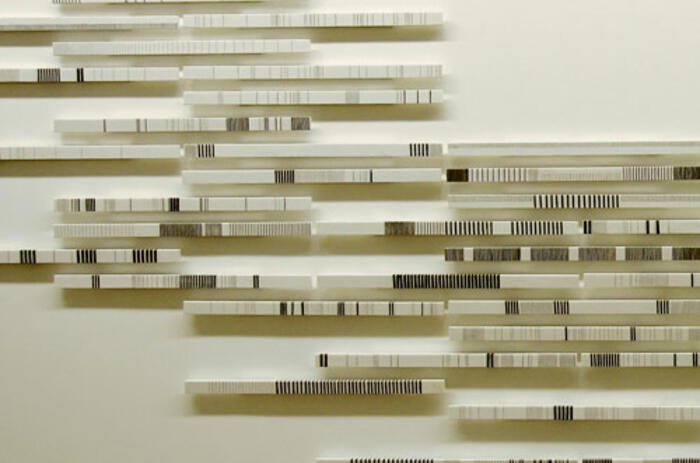
Carola Bravo
Carola Bravo is an architect, art historian and artist. These characteristics are evident in her work in the field of the visual arts. For any architect or engineer, it is customary to work with contours in topography.

Catalina Parra
Catalina Parra (Chilean, born 1940) is a conceptual artist, whose career spans from the early 1970s to the present, addressing contemporary socio-political issues through the appropriation of images and language taken from mass media.

Carmen Ramírez
Five centuries before our era, Melissus of Samos, the last of the philosophers of the Eleatic School, declared: “There is no void, for the void is nothing, and ‘nothing’ can not be.” In her works, Carmen Ramírez updates this reflection on the void. A void that is the carrier of an infinite strength.

Sebastian Spreng
Borges, an inhabitant of libraries that broadened his imagination to the point of showing him the possibility of the Aleph, which concentrates in a minimum diameter all that has been, is, and will be, did not allow novelty to impress him.
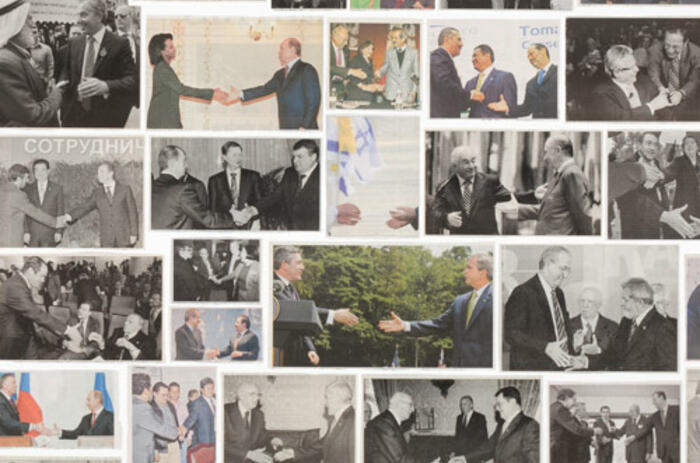
Jonathan Hernández
Among the essays, interviews and articles I received as contributions for the preparation of this brief text on Jonathan Hernández (Mexico, 1972), there appeared, without any explanation, a fragment of a book by Wittgenstein, entitled in its English version, Light and Shadow, A nightly (dream-) experience and a fragment of a letter.
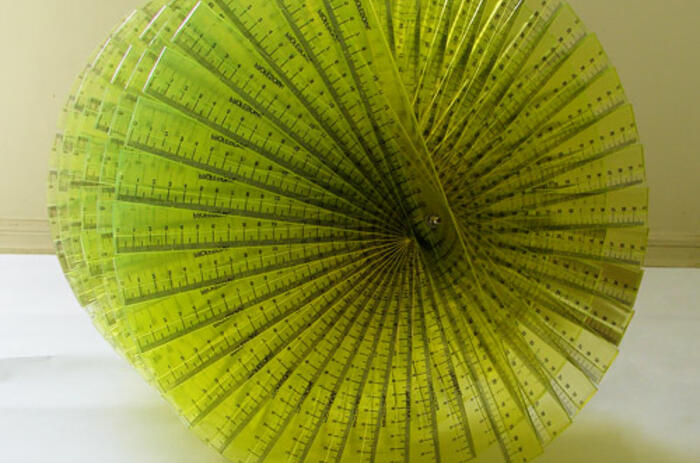
Pedro Tyler
The visual artist Pedro Tyler has repeatedly concerned himself with systems of measurement in his work. By de-contextualizing “measuring rulers” − made from such materials as wood and metal − he generates a variety of compositions through which he achieves the construction of forms and mechanisms that are completely unexpected in terms of these objects.

Leandro Katz and Leonel Luna
Twenty-five years after Jorge Luis Borges’s death – June 14 was the anniversary of this date - Buenos Aires has become the venue for big
and small celebrations to commemorate the famous Argentine writer.
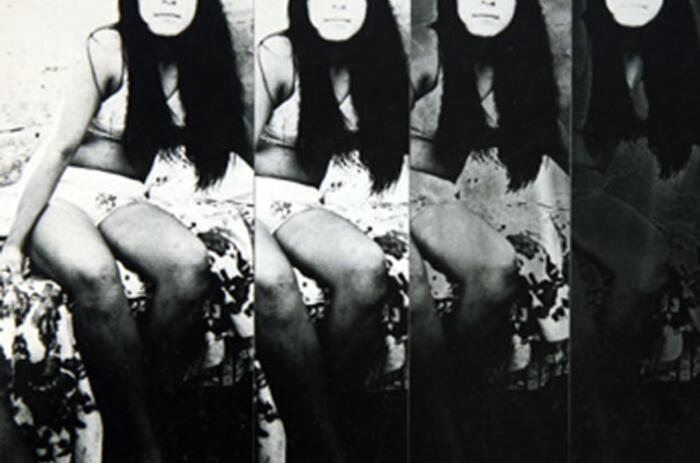
PhotoEspaña 2011
The International Festival of Photography and Visual Arts is, unquestionably, one of cultural events in Spain that grows year after year.


